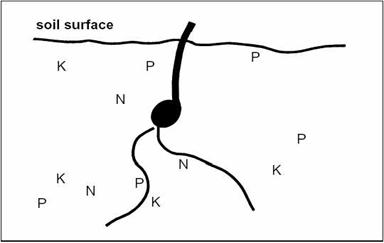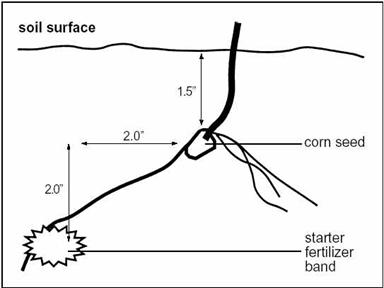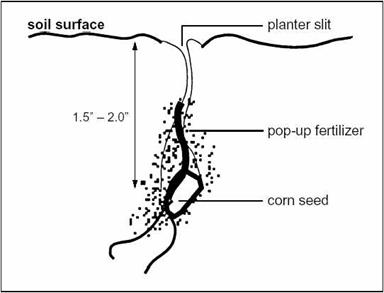Soil organic matter (OM) decomposes to release nutrients (primarily N, P, and S), which are mineralized. In addition, OM can retain cations in available forms, depending on the CEC.
Commercial fertilizer is recommended only when other nutrient sources insufficiently supply nutrients to the crops. It provides nutrients in available forms (soluble, exchangeable cations or adsorbed anions), which provide for current and subsequent crops.
Soil minerals dissolve over time, and along with OM help to increase (CEC, cation exchange capacity), allowing for the retention of plant-available nutrients.
Animal manures, composts, and sludges provide readily-plant available nutrients (P and K) and also release nutrients as they decompose (N and S). In addition, some animal wastes may contain high metal levels (for instance, Cu). Sludges, which may include urban or industrial waste, contain variable nutrient levels (C:N ratio) and may have high metal content.
Plant residues release nutrients back to the soil through decomposition and through leaching of soluble nutrients. Residue coverage of the soil can furthermore result in moisture conservation, indirectly influencing plant nutrients available.

Compost application (image source)











